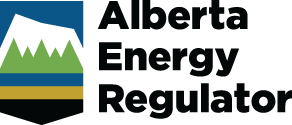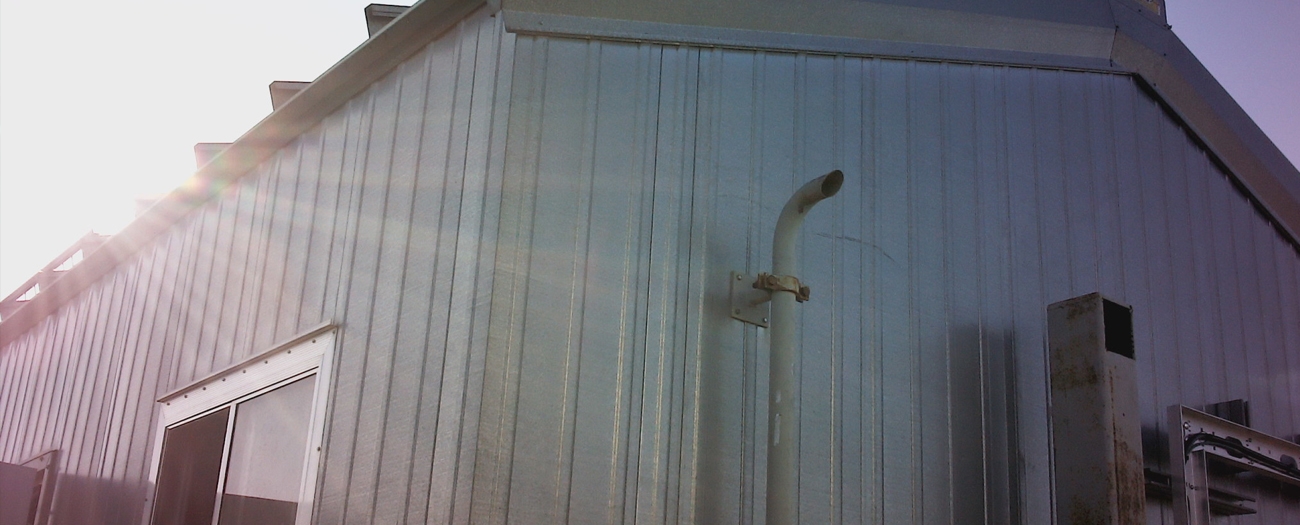Updated November 2023
To understand methane emissions and methane performance at the same level of detail that is found in our methane requirements (some of which are source specific), we expanded on the emissions data that is reported through Petrinex (the reporting platform used across western provinces to collect flaring and venting data). In addition to the Petrinex emissions data, operators must now annually report fugitive emissions (unintentional releases of gas to the atmosphere) and emissions from specific sources through our OneStop reporting platform.
Because the definitions of what constituted flaring and venting changed so significantly in 2020, the data from before the change cannot be meaningfully compared to the data after. As a result, the data for each time period is graphed separately.
Here are some key emissions statistics from 2022 reported data and how they compared to 2021:
Fuel Use
- Total reported fuel use increased by 1.4 per cent to 28.71 109 m3.
Flaring
- Total reported flaring increased by 8.6 per cent to 1281.33 106 m3.
- Reported solution gas flaring increased by 9.2 per cent to 641.99 106 m3.
Venting
- Total reported venting decreased by 4.7 per cent to 352.00 106 m3.
- OneStop source-specific venting and fugitive emissions decreased by 31.6 per cent to 414.6 106 m3.
- Solution gas venting decreased by 4.8 per cent to 129.95 106 m3.
Solution Gas Conservation
- Solution gas conservation increased slightly from 97.12 per cent to 96.99 per cent.
Fugitive Emissions
- Total fugitive emissions reported in OneStop were 40.36 106 m3, down from 47.20 106 m3 in 2021.
- Unresolved surface casing vent flow (SCVF) and gas migration (GM) events were reported at 10 689 wells at the end of 2022.
Petrinex Data
Volumes of gas that are vented, flared, or consumed as fuel for each oil and gas site are reported through Petrinex, and we have publicly reported these volumes each year in our ST60B: Upstream Petroleum Industry Emissions Report (formerly ST60B: Upstream Petroleum Industry Flaring and Venting Report). The tables below show annual fuel, flare, and vent gas volumes dating back to 2010. It is important to note that fuel, flare, and vent gas definitions were revised in 2020. This resulted in a shift in volumes from one reporting category to another in 2020 when compared to 2019. For example, the previous definition of gas used to drive a pneumatic device was fuel gas. Since this gas is ultimately vented to the atmosphere, we changed the definition of this gas to vent gas and now it is reported as vent in Petrinex.
Visuals
2010-2019:
2020-2022:
Venting Map:
Flaring Map:
Fuel, Flare, and Vent Data Trends
In 2022, fuel gas use increased to 28.71 109 m3. In 2020, there was a change in the fuel gas definition within both Directive 060 and Directive 017. Volumes that would have previously been reported as fuel gas are now being reported as vent gas. For example, the previous definition of fuel gas would have included gas used to drive a pneumatic device. However, since this gas is vented to the atmosphere, we changed the definitions to now consider this as vent gas and require it to be reported as such in Petrinex.
The flaring volumes for 2022 and all preceding years have been updated to include the flaring of acid gas. In 2022, flare volume increased to 1281.33 106 m3. The flare volume increase may be contributed to operators making efforts to minimize venting in effort to meet the new Directive 060 limits by routing vented emissions to combustion equipment. This would result in an actual increase in the reported flare volume.
Venting reported in Petrinex decreased to 352.00 106 m3. It was noted that the actual venting intensity (vent volume in cubic metres¬ per BOE production) also decreased.
Solution gas is an important part of methane emissions in the province. In 2022, we saw an increase in solution gas flaring to 641.99 106 m3 and a decrease in solution gas venting and conservation to 129.95 106 m3 and 97.12 per cent, respectively.
OneStop Data
Venting reported in OneStop, which includes source-specific emissions and fugitives, decreased to 414.6 106 m3. When comparing the total venting in Petrinex with the total venting in OneStop, the values align more closely than the difference observed in 2021. According to the reporting definitions, the two numbers should be very similar.
The data presented here represents a 95% submission compliance rate.


